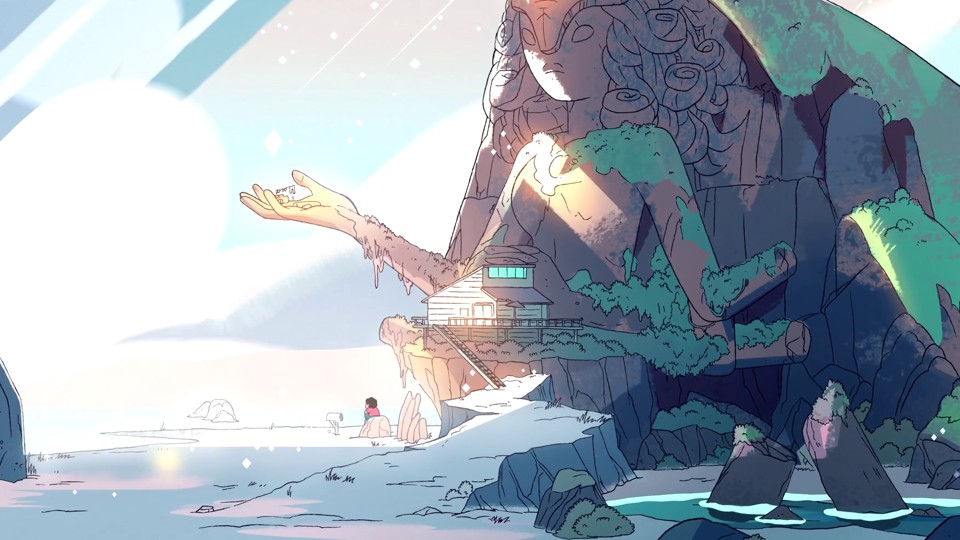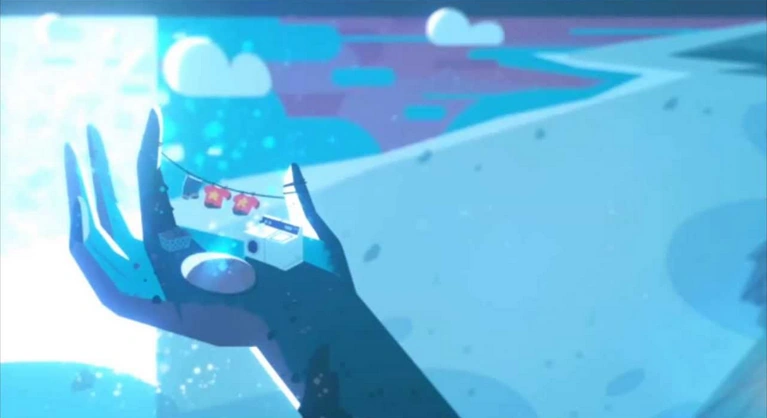I'll segue into today's topic with an update on the status of
the game I'm working on. It's kind of what prompted the question in the title - that and some recent conversation on the social platforms.
I was also working on a separate ruleset beforehand, for a heist game. There were various iterations, and I was largely happy with it, but it was more of a pet project than the Fantasy Heartbreaker. Then I started running a new campaign, and... well, I don't remember my thinking exactly, but the fantasy game has been absorbed into that heist game.
I mean, a dungeon crawl is just a heist anyway, we all know this. This is simply a ruleset that leans into certain aspects of the dungeon crawl over others, with a particular implied setting, all of which add up to make a more "heist"-themed game that still plays in the OSR style. I'm very proud of it so far, and I expect you'll be hearing more about it soon enough.
***
The heist game as it existed before the fantasy stuff got absorbed into it had no specific combat rules. Combat was a governed by a roll, like other things, and that was fine. It worked for the genre and tone of that system.
I had notions of bringing over mechanics from the fantasy ruleset to keep things in line with what I thought of as OSR - things like initiative, attack rolls, AC.
The core mechanic of the heist game is very different from d20+mod, and I had a lot of fun trying to adapt those classic concepts in new ways, thinking up new mechanics that delivered the same effects. But as I refined the game, playtested, drafted and redrafted, all those mechanics fell by the wayside.
In the latest iteration, the one I'm using to run stuff, combat is just a roll again. There are as many combat rules as there are rules for stealth, lockpicking or scaling a clock tower in the dead of night with a grappling hook. That is to say: describe what you want to do, and then the GM tells you to make a roll.
My designer brain, reared on 5e and now enamoured of the many DIY takes on traditional combat systems, keeps throwing up ideas on adding tactics, damage types, weapon categories. But nothing works as well for this system as the single roll.
***
My next thought, then, was "is this still OSR?". I know from Troika! that the old-school mechanics OSR games draw inspiration from don't have to be from D&D, and I know from Maze Rats that you can change the core mechanic until it's not recognisably D&D at all and still be considered OSR.
But
no combat rules? Surely this was blasphemy? Was I turning my face from the DIY community entirely, and embracing some new, dark wilderness of game design, alone?
I mean... no. I don't think so.
***
One of the most persistent myths about the old-school style is that it's a numbers-first, tactical combat based, hack-and-slash style of gameplay. It's not. The game is lethal, and if you wish to avoid the many varieties of grisly demise on offer, you need to think creatively, avoiding and subverting combat scenarios rather than engaging in them.
But you knew that, you're smart. We all on the same page? Good.
So, then, quoth the as-yet-unaware, why do OSR systems have so many combat rules? As opposed to, say, rules for feeling things, or exploration? If the game is about things other than combat, why isn't that reflected in its ruleset?
Again, we know the answer: because the way OSR play engages with the rules is fundamentally different from most other schools of RPG design. Your character sheet is a list of the few limitations imposed on you, not a list of your awesome powers and skill trees. In something like Pathfinder, say, the character sheet represents all the cool stuff you can do. In an OSR system, the cool stuff you can do is everything else. OSR play is what's not written - what's written is there to ground the situation and make things difficult.
***
So, then, the if the purpose of the combat rules in an OSR system is to enforce lethality, the question we started off with remains. Does an OSR game need dedicated combat rules?
No. I don't think so.
What it needs is
lethality rules - rules that ensure that when things go wrong, there are drastic and often fatal consequences. Rules that encourage the OSR playstyle - player ingenuity and calculated risk-taking - by providing a box the player is forced to think outside of.
The reason, then, that these lethality rules have been presented as combat rules since the days of yore is, obviously, partly because the hobby evolved out of wargaming. But if that was the only reason, they would have been replaced over the decades as RPGs moved further and further from their wargaming roots.
The main reasons, I think, are a combination of genre conventions and player agency. We expect the knight to have a sword, and know how to use it, while the wizard shoots fireballs from her trusty staff. Those are the special skills the characters offer, and since we can't roleplay physical danger at the table like we can social situations or intellectual puzzles, we need to have at least some idea of whether or not they will work in a given instance.
This ties heavily in to player agency. When your back's against the wall and combat's the only option, you want to know exactly what it is you can do - even if it is likely a fatal endeavour.
Combat rules do three things, then: enforce lethality, support the expected tone and setting of the system, and allow players options to fall back on when "standard play" (what I call just, like, talking), fails them. These are all Good Things. Combat rules are good.
***
So why was I having such a hard time grafting them on to my own system? Why did every attempt feel so inelegant? It
is an OSR game, I still believe that. The playstyle is exactly the same. I eventually realised I'd just achieved that playstyle in a different way.
My game has its own rules to enforce lethality that aren't tied to damage. I'll likely detail them another time, or they'll be available to read once some form of playtest doc or rulebook comes out. But basically, rolls are inherently dangerous. Every one is a gamble with your character's fate, in one way or another, and with each failure you risk slipping closer and closer to death. The structure of lethality is very much enforced, even without standard HP mechanics or damage rolls.
As for supporting the expected tone and setting? Well, those are different in this game. It's not a gonzo Conan-esque dungeon crawl, it's kept too much of the heist flavour for that. I still run dungeon crawls in it, but the setup and tone are different enough that players don't expect their characters to necessarily be able to wield a sword, or use magic. In fact, character creation makes it very apparent how unlikely it is that either of those skills will be available. It's in a different genre, ish.
And finally, options to fall back on. The numbers on the sheet, the stuff outside of talking, planning, or using your surroundings or inventory in interesting ways. Those three things are the vast majority of any session, but what happens when those options fail? Combat mechanics sort that out by giving everyone some kind of mechanical sway on the deadly situation, however slight. Characters in my game still have mechanical abilities, but not everyone has an attack bonus. They'll be good in other ways - hiding from a monster, sneaking past it, running away.
Don't get me wrong - they
can attack. Limiting player agency is maybe the biggest no-no for me in game design. They're just probably not going to be good at it. Making them good enough at a bunch of other stuff, and making that stuff more relevant, is an acceptable substitute, I've found.
***
So, to answer the question.
tl;dr: No.
I figured out that:
1. Lethality mechanics don't need to be distinctly combat-focused as long as failure can still lead to death and disaster.
2. Players won't miss dedicated combat rules if the setting and style make it clear that combat is unlikely to be relevant.
3. As long as the players have something to roll for when the shit hits the fan, they're happy, even if it's not a classic attack roll vs AC.
***
The only thing remaining, then, is compatibility with other OSR/DIY stuff, and I don't think the game's lacking anything by not basing itself on the standard model. The main point of conversion between systems is monster stat blocks, and since there aren't any combat rules, the game doesn't need 'em. You could absolutely run something like Tomb of the Serpent Kings in this system, no problem.
Well, that's me all rambled out. Exciting things to come, stay tuned.








